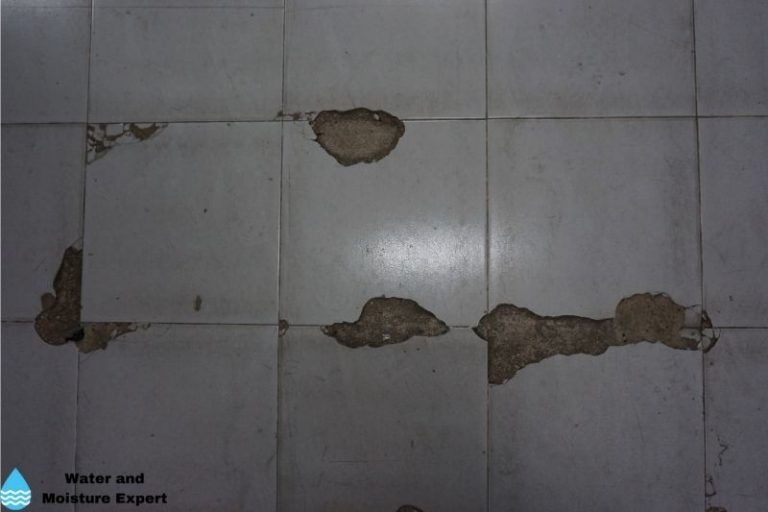Just how do you feel with regards to Preventing Water Damage in the Bathroom?

The washroom is exceptionally vulnerable for moist buildup and also possible water damages as a result of the constant use of water in it. This post uses basic assessment strategies to aid identifying water damages risks.
The constant use of water in the restroom makes it incredibly susceptible for moist build-up as well as prospective water damage. By inspecting it routinely, you can lower water relevant problems.
The adhering to set of inspections is very easy to do as well as ought to be done once in every three months in order to maintain your washroom healthy as well as to prevent prospective water damages caused by the bathtub, the shower, pipeline joints as well as plumbing, sinks, cupboards, and the commode
Do not forget carrying out these inspections and also be complete while doing them. Remember that these basic evaluations can save you a great deal of money by providing very early indicators for water damage
Bath tub as well as Shower
The shower and bath tub need unique interest and upkeep. Inspect the tiles and also replace if fractured. Make certain that there is no missing cement between the tiles. Check and also replace cracked caulking at joints where the wall surfaces meet the flooring or the tub. Obstructed drains pipes and pipelines problems will certainly avoid the bath tub from drying as well as may suggest serious troubles beneath the bath tub. Speak with a specialist right away to prevent structural damages. Focus on stainings or soft locations around the tub wall surfaces as they may show an internal leakage.
Plumbing
Signs for water damage are difficult to detect considering that the majority of pipes are set up inside the wall surfaces.
Pay unique interest to floor covering and wall surfaces dampness as well as discolorations as they may suggest an unseen plumbing issue. Examine moisture levels in adjacent areas as well.
Sinks as well as Cabinets
Sinks and also cabinets are subjected to dampness and moisture day-to-day and are typically forgotten. Inspect frequently under the sink and on the counter top over it. Fix any drip in the trap as it might recommend drain problems. Browse the sink, slow-moving draining pipes may suggest a blocked drain. Change sink seals if they are fractured or loose.
The Toilet
The bathroom is an at risk water joint. Examine the water lines and search for leaks around the commode seat, in the tube, and under the water container. If you detect any type of indications of wetness on the flooring around the commode, check for leaks in the toilet rim as well as storage tank seals.
Know that hanging commode dish antiperspirants boosts the opportunities for obstructions.
Water Damage Signs In The Bathroom To Avoid Cleanup
Musty smell
This is one of the easiest signs to catch because musty smells are so odorous. The damp, earthy, moldy smell should be a big red flag. The smell will develop when moisture gets trapped in surfaces, and begins to facilitate mold growth. Leaking pipes under cabinets, inside walls, and behind shower fixtures will cause moisture to stay trapped and not dry, which will lead to mold growth and spread. As soon as you notice any musty smells in your bathroom, have it checked for hidden water damage and cleanup signs.
Visible mold
If the smell isn’t there to give it away, sometimes you will actually see mold growth. Finding mold in your bathroom is a serious problem, because mold is very harmful to your health. By the time mold growth is visible, it also means that water damage has already occurred and been present for some time. The only way the mold problem can be resolved is to find the source of the moisture and get it stopped. To safely and adequately remove mold, you need to have professionals handle the remediation. Do not waste any time in getting mold problems addressed, fixed, and sanitized so that you can protect you and your family from the many respiratory symptoms caused by mold exposure.
Damaged floors
Bathroom floors should be able to withstand some exposure to water while still remaining in good condition. However, when excess exposure or water leaks occur, they will begin to damage even the most water-resistant flooring. If you notice any cracking, bubbling, staining, or warping on your bathroom floors, there is probably a water leak somewhere causing the distortion. If you notice areas of the floor have become softer, or even have a spongy feeling, there is probably damage to the subfloor. Subflooring is typically made up of plywood. When plywood is exposed to water or moisture, it will absorb it. Once it has become saturated, the weight of the excess water will cause the wood to swell and soften. Check the floors in your bathroom frequently to catch any of these sings before they lead to damaged subflooring.
Changes on walls
When water leaks behind walls, it will cause changes in the drywall. Peeling plaster, blistering paint, and soggy wallpaper are all good indicators that excess water is building up behind the wall. Water leaking behind drywall will cause it to swell and be soft to the tough. If you start to notice gaps along the trim of your walls, or where tile meets the wall, it could also be a strong indicator that there is a leak behind the wall. Any changes, distortion, or damage on the walls should be evaluated as soon as you notice it to prevent further water damage and cleanup.

I'm just very intrigued by How to Prevent Bathroom Water Damage and I am praying you enjoyed our blog post. Enjoyed our write-up? Please share it. Let somebody else locate it. I praise you for your time. Please come by our website back soon.
Instant Quote